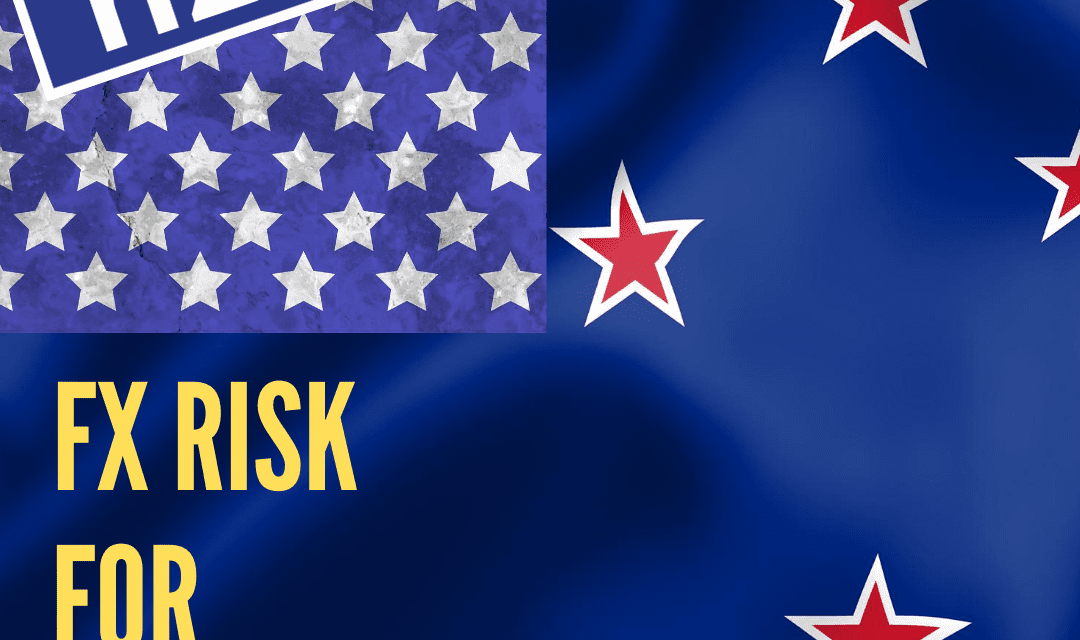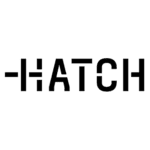In the same way my reigning position as NZ’s best looking podcast host relies on the sorry competition around town, the value of anything is often expressed relative to another. In the case of the New Zealand Dollar (the Kiwi), we talk about it in terms of how much US currency it can buy. When investing overseas, many everyday investors don’t give much thought to a fluctuating currency, so I’m chatting with currency expert Roger Kerr to discuss further.
Roger Kerr is an expert in the NZ dollar, & executive chairman of Barrington Treasury Services NZ Limited.
In today’s episode, Roger joins me to cover off why and how companies use a fancy technique called ‘hedging’ to offset the risks that come about when dealing with foreign currencies, and explains why the Reserve Bank is dead set on driving the NZD down in relation to the USD.
Hedging is a seriously important strategy when dealing with the flux of moving exchange rates, but it’s something too few investors bother to check out when investing in the likes of US-based ETF’s (Exchange Traded Funds).
Take KiwiSaver for example, which often involves investing into overseas funds, how many members actually know what foreign exchange strategy is used by their fund managers? If we’re taking a risk, no matter what it is, we should be adequately compensated for it – this includes foreign exchange risk.
Now, if you as an investor are spreading the love between different sectors, industries and asset classes, we call this diversification — you hear plenty about this term when investing, but it applies on so many levels. To understand how this same philosophy applies when dealing with foreign markets, consider what happens if you want to invest in a business that’s in the US which relies on imports. If the value or the purchasing power of the U.S. dollar declines, it could cost the business more than it did before to buy goods, which can shrink their profits for you as a shareholder. A really well diversified portfolio may also include shares in companies based around the world – this is a way to offload or hedge foreign exchange risk.
In today’s episode, currency expert Roger Kerr joins me to cover off why and how companies offload some of their foreign currency risk. Now if you don’t have a finance degree, don’t worry, we’re covering the basics here today, while still providing an on-ramp to higher understanding. Hopefully at the end of the show, you have at least one more question to consider before making your next investment move.
___________________________________________________________________________
The NZ Everyday Investor is brought to you in partnership with Hatch. Hatch, let’s you become a shareholder in the world’s biggest companies and funds. We’re talking about Apple and Zoom, Vanguard and Blackrock.
So, if you’re listening in right now and have thought about investing in the US share markets, well, Hatch has given us a special offer just for you… they’ll give you a $20 NZD top-up when you make an initial deposit into your Hatch account of $100NZD or more.
Just go to https://hatch.as/NZEverydayInvestor to grab your top up.
________________________________________________________________________
Like what you’ve heard?
You can really help with the success of the NZ Everyday Investor by doing the following:
1- Tell your friends!
2- Write a review on Facebook, or your favourite podcast player
3- Help support the mission of our show on Patreon by contributing here
4- To catch the live episodes, please ensure you have subscribed to us on Youtube:
5- Sign up to our newsletter here
NZ Everyday Investor is on a mission to increase financial literacy and make investing more accessible for the everyday person!
Please ensure that you act independently from any of the content provided in these episodes – it should not be considered personalised financial advice for you. This means, you should either do your own research taking on board a broad range of opinions, or ideally, consult and engage an authorised financial adviser to provide guidance around your specific goals and objectives.
_____________________________________________________________________________





